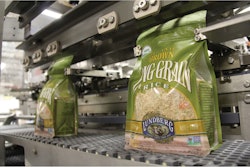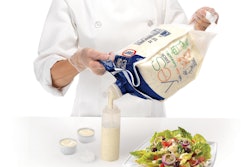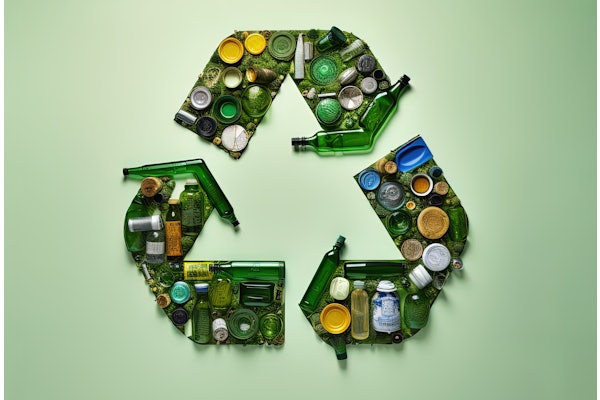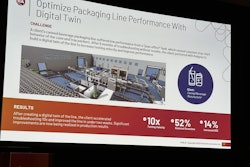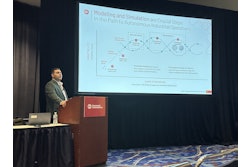How do you get started with the process of deciding what film or films to use or include in a flexible structure or rigid package with film barrier? Plenty of polymers and film production methods are in common use in the industry. A basic understanding of the choices available and the strengths and weaknesses of different approaches can simplify the selection process and get you moving faster toward a good solution.
This section will provide a look at the basics of an area of technology that is fundamental to the flexible packaging industry, has application to some semi-rigid and rigid packages, and affects every consumer who purchases packaged goods. Let’s get started.
1. Start at square one. Before even starting to think about polymers and production options, it’s important to first know what to focus on. The goal is to specify the attributes or properties that matter in converting and end use for film structures that work in such a way that the supplier can make satisfactory structures consistently and efficiently, and that the converter and end user receive materials that consistently meet their needs at a cost appropriate for the use.
2. Take an integrated perspective. It’s critical to appreciate the multifaceted goal of a flexible package project while breaking down the essential elements of this goal so they guide us in our choosing and specifying activities. Remember that this is not an exercise in choosing just a couple of elements. Flexible packaging development requires a coherent, integrated approach that needs all elements in place to succeed.
3. Specify what matters. Specifying means quantifying, and this is critical as both a guide for the supplier and as a means for the end user to ensure they get what they need, want, and expect. Focusing on what matters means understanding real requirements and not including an attribute or property in a specification just because it can be measured, or because you saw it in another specification. Opening the door to specifying things that don’t matter leads to increased costs for all parties involved. Failing to include things that matter opens the door to surprises and failures in converting or to uses that lead to increased cost for all parties. There is a thinking person’s balance to be struck here, and some leeway in judgment, but realize that neither extreme in specifications efficiently serves all parties’ needs in the end.
4. Specify what works. A solid understanding of real requirements leads to being able to match up film options in a robust manner. Where lots of experience exists, leverage that knowledge to simplify the process, adjusting other aspects of the film to meet the unique requirements for the specific application. If you are heading into uncharted territory for either the supplier or user, take the time to test and understand the limits of satisfactory performance. A beautifully formatted specification that describes in detail a film construction that doesn’t work is worse than useless—it runs the risk of misleading everyone as to what film to use.
5. Specify what the supplier can make consistently and efficiently. Very few, if any, situations can tolerate high rates of unacceptable material. Mismatches between a film specification and a supplier’s capability only serve to drive up costs and put at risk the smooth flow of the value chain. The user has the responsibility to describe what they understand to be their requirements, and the supplier has the responsibility to accurately represent their capability to consistently and efficiently make the film.
6. Point out potential mismatches. Identifying a potential mismatch may lead to a productive conversation in which “what matters” can be refined, leading to better supplier capability, the realization that other suppliers may have the needed capability already in place, or an agreement that it will take time for any supplier to move up the learning curve to meet the needs. Keeping a mismatch a secret is a dangerous practice that all too often comes to light at the worst possible time.
7. Specify what can be delivered at appropriate cost. The value of a film structure only can be set in the context of the end use. High-value goods with high failure costs can justify more costly, higher-performance packaging to ensure secure and fully functional delivery. For lower-value commodity goods, where consumer or industrial end customer switching costs are small to nonexistent, the critical need for cost efficiency drives the selection to lower package performance and overall cost-in-use.
8. Drive to the best outcome. Be sure to maintain an overall, or total, cost-in-use mindset. The invoice price of the film structure is only one component. Carefully examine and understand all the places where the performance of that structure impacts cost. You’ll determine accurate cost-in-use and make much better decisions. Industry veterans relate cases where bulking up a sealant layer slightly resulted in increased film cost that was more than offset by a reduction in incurred costs associated with seal failure in terms of downtime, lost product, and lost sales to the end user. Cost-in-use applied smartly avoids the “penny wise, pound foolish” trap that comes from too simplistic a view of procurement of films.
9. Acknowledge the natural tension around price. There is always tension between suppliers and customers around price, and film choices and specifications. Suppliers appropriately seek to be realistically rewarded for quality, service, innovation, and reinvestment. Customers understandably seek consistent quality, security of supply, and competitive, and predictable costs. In the long term, “you get what your pay for” and “you get paid for what you deliver” generally hold true even though short-term shifts in the balance between supplier and customer may seem to distort the equation. The real bottom line here is profound: Poor film choices and specifications subvert the supply relationship, resulting in higher costs for both parties.
Liked this article? Download the entire playbook here.

